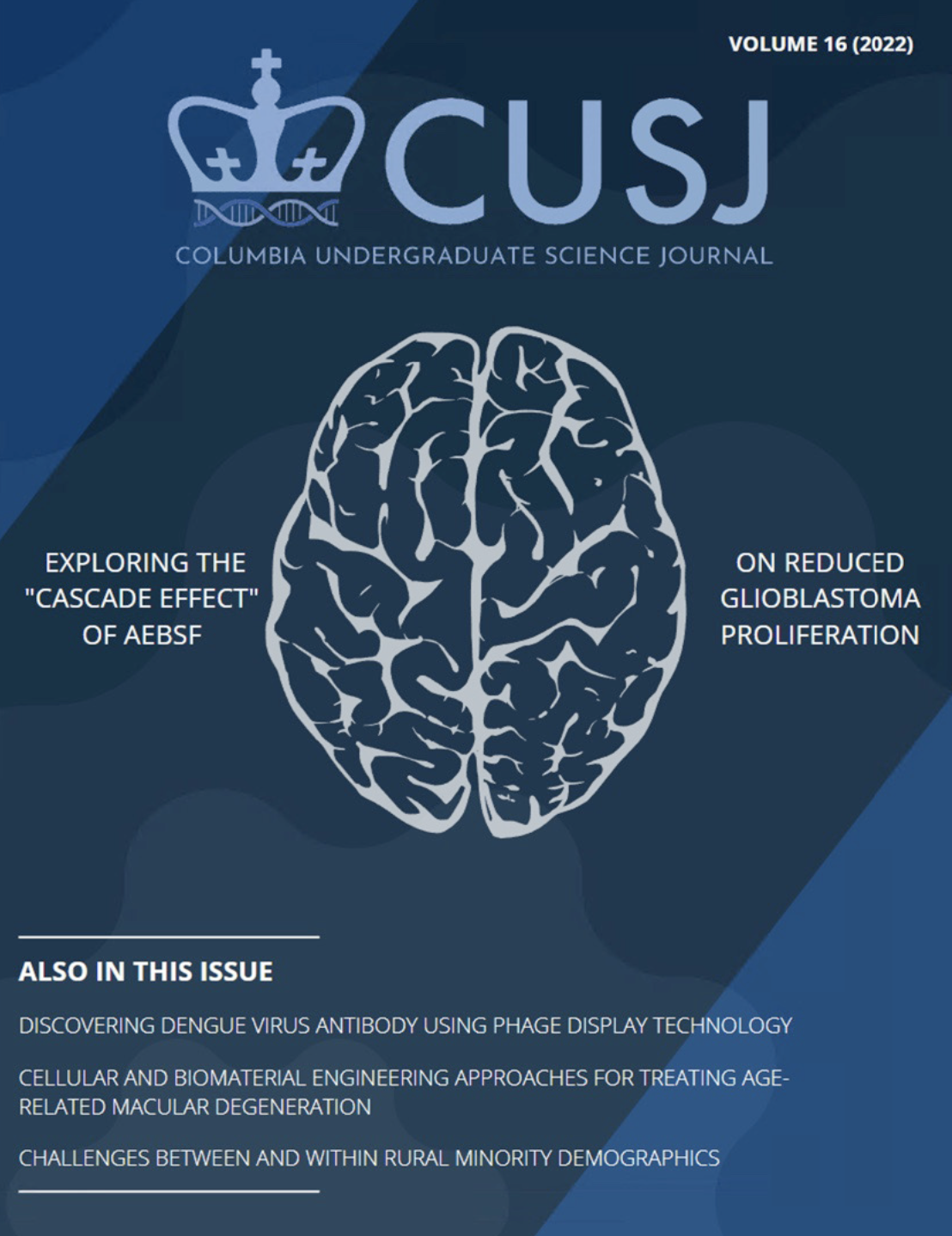Abstract
Tissue Engineering offers a novel, curative approach to treating Age-Re-lated Macular degeneration (AMD), a disease characterized by excessive drusen depo-sition beneath the retinal surface and consequent vision loss. Preclinical studies in rats have shown that transplanted Retinal Pigment Epithelium (RPE) derived from human Embryonic Stem Cells (hESC) have not only slowed AMD but have also restored vision. There are two main methods of delivering RPE cells: direct injection and monolayer surgical insertion, the latter demonstrating long-term integration. Biocompatible scaf-folds allow for better delivery of RPE cells, induced Pluripotent Stem Cells (iPSC), and Retinal Progenitor Cells (RPC). Unlike animal-derived extracellular matrix components, soft modulus biomaterials such as poly(lactic-co-glycolic acid) (PLGA) and poly(l-lactic acid) (PLLA) are ideal for AMD cell transplants because of fast degradation times, high cellular attachment proliferation, and strong adherence to Bruch’s membrane. These biomaterials can also be created at a 10-100μm thickness so that vision is not distorted. Use of biomaterials could be improved by cross-linking them with anti-vascular endothe-lial growth factors (VEGFs) like Brolucizumab and retinal growth factors such as fibro-blast growth factor (FGF). Similarly, hESC and iPSC cells can be genetically modified to secrete anti-VEGF factors.

This work is licensed under a Creative Commons Attribution 4.0 International License.

